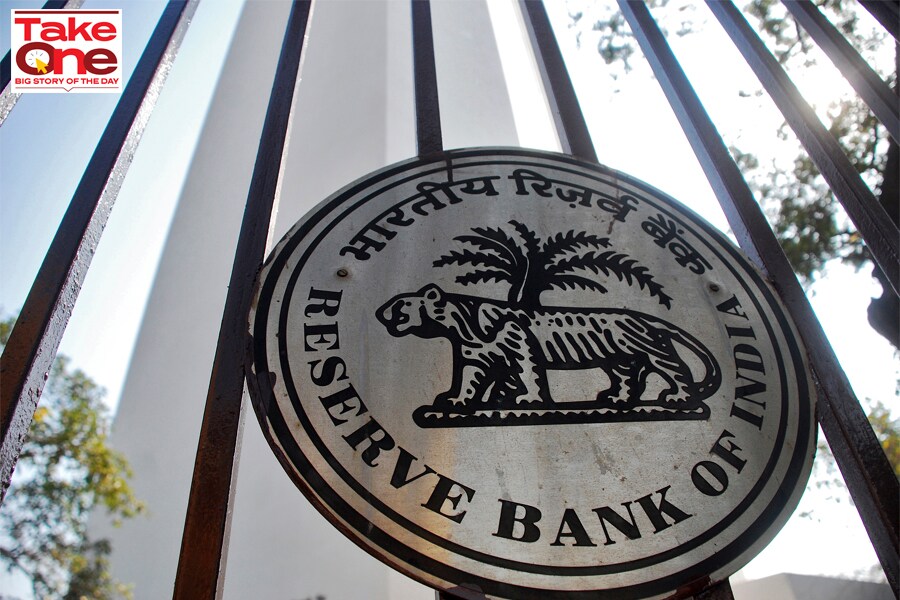
What ails India's financial system?
The Reserve Bank of India is on an overdrive to stem asset quality rot in the banking system, although now may not be the time for 'big-bang reform' like allowing private corporations into the lending business

Image: Reuters
The past fortnight was a hectic one for India’s central bank. It first placed 93-year-old lender Lakshmi Vilas Bank (LVB) under moratorium and forced its merger with the India arm of Singapore-headquartered DBS Bank. Three days later it ordered a special audit of Srei Infrastructure Finance Ltd and its subsidiary Srei Equipment Finance Ltd; details of the audit are awaited.
Meanwhile, the Reserve Bank of India (RBI) is monitoring the top 50 non-banking financial companies (NBFCs), which it considers systemically important to the financial ecosystem. In March, the apex bank imposed a moratorium on the beleaguered Yes Bank, some nine months after it did the same with the Punjab and Maharashtra Cooperative Bank (PMC). According to a report in Moneycontrol in June 2020, 44 co-operative banks had been put under the RBI’s watch list in the first half of the calendar year.
“The RBI is keeping a close watch, but in my mind one should act faster,” says Ashvin Parekh, managing partner at consulting firm Ashvin Parekh Advisory. For instance, LVB had been reporting widening losses for the past two years on account of bad loans and provisioning.
Parekh, who has been working in the financial ecosystem for the last four decades, is quick to point how the RBI’s asset quality review (AQR) opened the Pandora’s Box of non-performing assets (NPAs) that went unreported.





